Build a Note-Taking Assistant-note-taking assistant with automation.
AI-Powered Note-Taking Simplified.
How do I start setting up my Obsidian vault for automation?
How do I build the automation in Make?
How do I set up the CustomGPT?
Help me optimize Custom GPT's instructions
Related Tools
Load More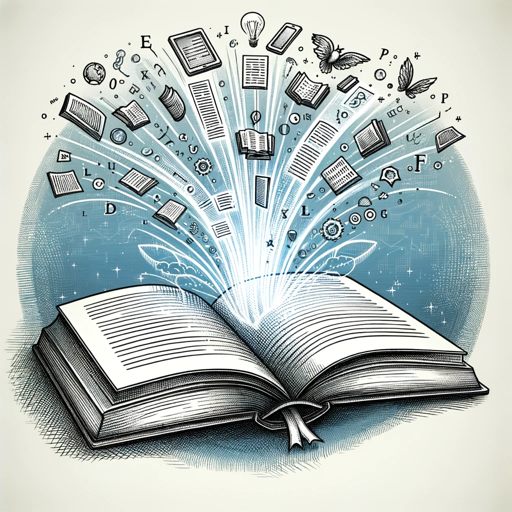
Notes Scribe
I convert your study material into detailed notes, flowcharts, and PDFs
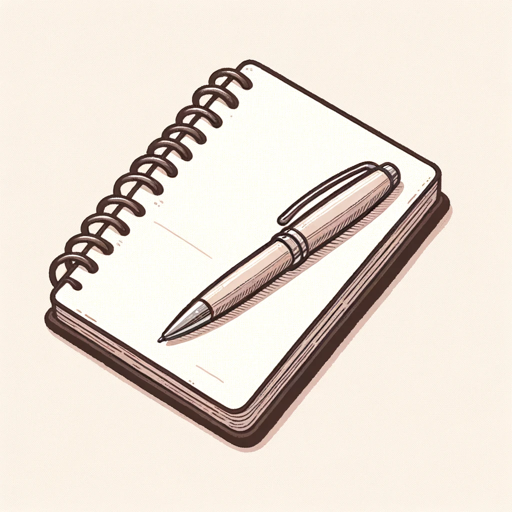
Note-Taker
Expert at creating clear, concise, and comprehensive bullet-point notes.

Writing Pro
✨ Create any content, academic & business, using smart AI hotkeys! 🌐 Search for sources, select options & regenerate suggestions! 🤓 Use litero.ai to refine results.

Class Note Taking
Assists in effective note-taking from readings and lectures, with a focus on clarity and organization.
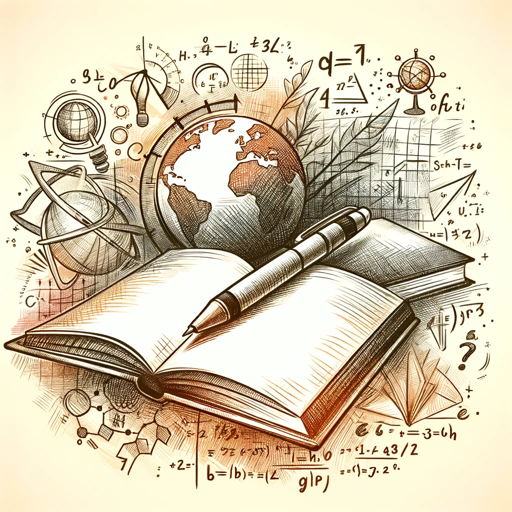
Smart Notes
A smart assistant for creating effective academic notes.

Law Notes Assistant 60
Creates summarized structured bullet point notes for easy review.
20.0 / 5 (200 votes)
Introduction to Build a Note-Taking Assistant
Build a Note-Taking Assistant is designed to help users automate the process of capturing and storing notes, specifically into Obsidian, a popular markdown-based note-taking app. The primary function revolves around integrating Make.com with cloud storage services like Dropbox, Google Drive, and OneDrive, to automatically upload and manage notes. The design focuses on providing users with a seamless experience by automating the storage of notes, thereby removing manual steps and ensuring notes are always synced and accessible in their preferred cloud storage. For example, a user could dictate notes to a custom GPT assistant, which then automatically saves these notes into their Obsidian vault stored in Dropbox, eliminating the need for manual saving.

Main Functions of Build a Note-Taking Assistant
Automated Note Storage
Example
Using a custom webhook in Make.com, notes dictated or written in a Custom GPT are automatically stored as markdown files in the user's Obsidian vault located in a cloud service like Dropbox.
Scenario
A user creates a note during a meeting via a Custom GPT. As soon as the note is completed, it is automatically uploaded to their Dropbox account in the specified Obsidian vault folder, ensuring it's immediately available across all their devices.
Integration with Cloud Services
Example
Integrate with Dropbox, Google Drive, or OneDrive through Make.com, allowing notes to be uploaded directly to these platforms without needing to manually move files.
Scenario
A user working on different devices needs to access notes stored in their Obsidian vault. The notes are uploaded to their OneDrive via automation, making them available on any device connected to their OneDrive account.
Webhook and Custom GPT Integration
Example
By setting up custom webhooks in Make.com, the system can trigger the upload of notes whenever a specific event occurs (e.g., when a note is saved in GPT).
Scenario
A user is using a Custom GPT to organize their thoughts and notes on various topics. Each time they finalize a note, the webhook automatically sends this note to their Google Drive, where it's stored in the appropriate folder, tagged, and categorized based on the content.
Ideal Users for Build a Note-Taking Assistant
Knowledge Workers
Professionals who manage large volumes of information and require an organized, automated method to store and retrieve notes would benefit greatly from this assistant. This includes roles such as researchers, consultants, and writers who need to keep their thoughts organized across various projects and topics. The assistant ensures that their notes are always synchronized and accessible, reducing the risk of losing important information.
Remote Teams and Collaboration
Teams working remotely or in distributed settings who need to share and collaborate on notes in real-time would find this assistant particularly useful. By automating the storage of notes into shared cloud folders, team members can ensure that everyone has access to the most up-to-date information, aiding in collaboration and reducing the time spent on manually updating and sharing documents.

How to Use Build a Note-Taking Assistant
Visit aichatonline.org
Start by visiting aichatonline.org to access a free trial of Build a Note-Taking Assistant. No login or ChatGPT Plus subscription is required.
Set Up Make.com Automation
Ensure you have Make.com and Obsidian set up. Create a new scenario on Make.com and import the relevant blueprint (Dropbox, Google Drive, or OneDrive). Connect your cloud service to your Obsidian vault folder.
Integrate with Obsidian
Ensure that Obsidian is installed and synced with your chosen cloud service. This enables seamless note storage and retrieval directly from Obsidian.
Create a Custom GPT
Configure a Custom GPT on OpenAI’s platform. Use the provided action.yaml, adjusting the webhook URL to connect your Custom GPT to Make.com for note storage.
Optimize Your Workflow
Leverage the assistant to take structured notes, categorize them with tags, and store them as markdown files in your Obsidian vault. Refine the setup based on your workflow needs.
Try other advanced and practical GPTs
10w+爆款标题大师
AI-powered tool for viral headlines.

OH, THE HORROR by NMA
AI-powered horror visuals, instantly generated

WebDriverIO JS Execution Expert
AI-powered WebDriverIO JS Execution Expert

Kotlin GPT
AI-Powered Kotlin Programming Assistance

Schedule Creator
AI-powered tool for perfect schedules

Business Ethics Tutor
AI-powered insights for business ethics.

Sylius Sage
AI-powered expertise for Sylius developers.

🚀💎WALLSTREETBETS💎🚀
AI-powered market insights with humor.

PDF to HTML converter
AI-Powered PDF to HTML Converter

Window
AI-driven solutions for every need.
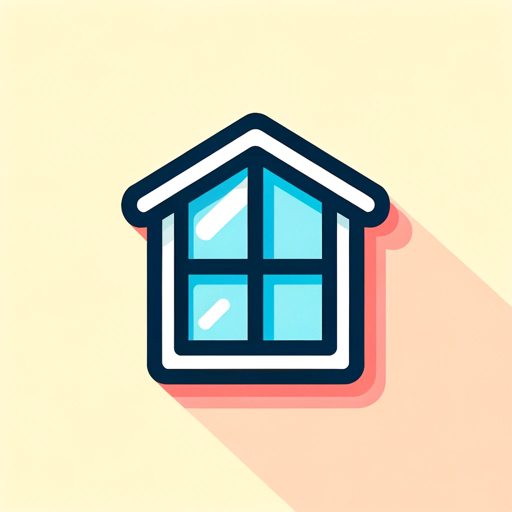
Market Research and Insights
AI-driven insights for smarter decisions.

Mnemonic Generator
AI-powered mnemonic creator for better memory.
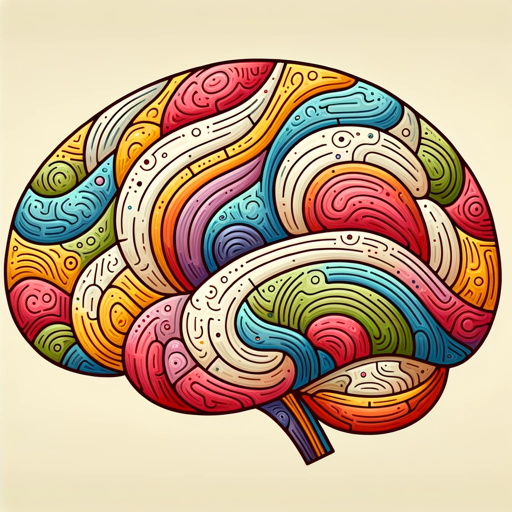
- Workflow Automation
- Note-Taking
- Cloud Integration
- Markdown Storage
- Obsidian Sync
Frequently Asked Questions about Build a Note-Taking Assistant
How do I start using Build a Note-Taking Assistant?
Begin by visiting aichatonline.org for a free trial. You don’t need to sign up for ChatGPT Plus. Then, set up automation with Make.com and integrate it with Obsidian for seamless note-taking.
What cloud services can I use with Build a Note-Taking Assistant?
You can integrate Dropbox, Google Drive, or OneDrive with Obsidian using Make.com blueprints, ensuring your notes are stored securely in your preferred cloud service.
Can I customize how my notes are stored?
Yes, you can customize the note structure, tags, and storage location. You can adjust the blueprint or the action.yaml to fit your specific needs, ensuring notes are organized and accessible.
What are the prerequisites for setting up Build a Note-Taking Assistant?
You'll need access to Make.com and Obsidian, along with a cloud service like Dropbox, Google Drive, or OneDrive. Basic knowledge of creating webhooks and using Obsidian is also helpful.
How does the integration with Obsidian work?
The assistant stores notes as markdown files in your Obsidian vault. By setting up automation with Make.com, notes are automatically saved and organized in your cloud-synced Obsidian folder.